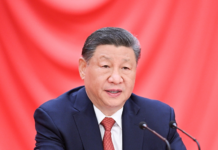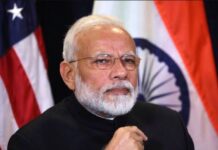In Pakistan, the term ‘Aashna’ has become commonplace in media and everyday language to refer to a female companion or partner. While seemingly innocuous, the casual use of this term belies deeper issues of gender inequality and perpetuates harmful stereotypes that undermine women’s rights and dignity.
Originating from Urdu, the term ‘Aashna’ connotes companionship and intimacy. However, its widespread usage in Pakistani media often reduces women to mere objects of companionship, devoid of agency and individuality. This not only reflects a lack of respect for women’s autonomy but also reinforces patriarchal norms dictating women’s roles solely within the context of their relationships with men.
Moreover, the use of ‘Aashna’ in media contributes to the objectification of women, reducing them to mere accessories or trophies for male characters. By relegating women to passive companions, Pakistani media perpetuates harmful gender dynamics and reinforces traditional roles that limit women’s opportunities for self-expression and advancement.
Furthermore, the normalisation of ‘Aashna’ in media reflects a broader disregard for women’s rights and human dignity. In a society where women already face systemic discrimination and gender-based violence, the casual use of language that diminishes their status only serves to further marginalise and disempower them.
The impact of this linguistic norm extends beyond media representation; it influences societal perceptions of women and shapes attitudes towards gender equality. When women are consistently portrayed as subordinate to men, it reinforces the notion that their worth is contingent upon their relationship to men, rather than their inherent value as individuals.
To address this issue, media outlets should refrain from using language that reduces women to passive roles or perpetuates stereotypes. Instead, they should strive to depict women as multifaceted individuals with their own ambitions, aspirations, and identities beyond their relationships with men.
Moreover, efforts to promote gender equality in media should be accompanied by broader initiatives to address the root causes of gender inequality in Pakistani society. This includes investing in education, empowering women economically, and challenging patriarchal norms that limit women’s autonomy and opportunities.
SHAZIA IQBAL
TURBAT






















